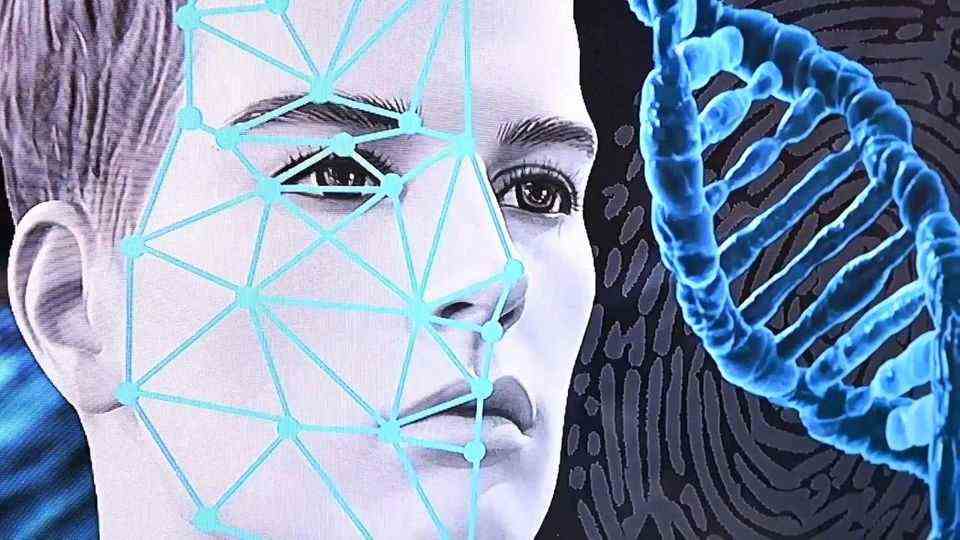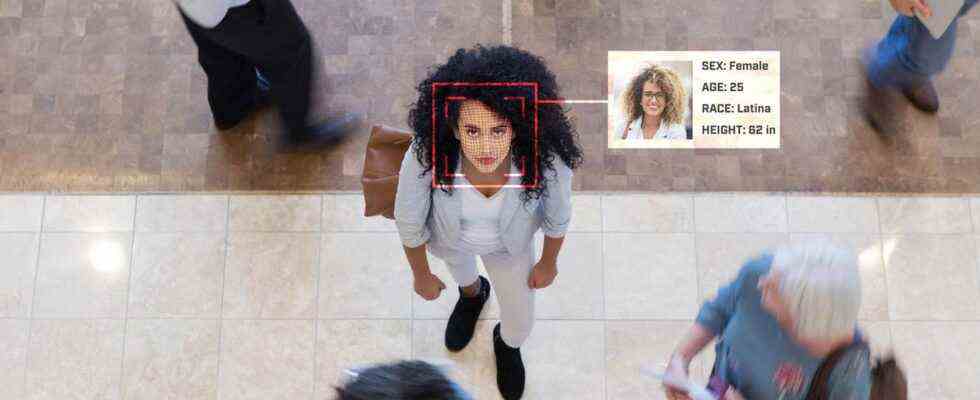face recognition
Clearview: Controversial surveillance company wants to recognize everyone’s face by the end of the year
Recognize everyone by photo: Clearview wants to be able to do that by the end of the year
© SDI Productions / Getty Images
Automatically recognize every person on the planet immediately – with this promise, the highly controversial surveillance company Clearview is currently wooing investors. We want to be there by the end of the year. It would be the end of privacy as we know it.
Uploading a picture of any person to the database and immediately finding out their name, social media profiles and even their location – the US surveillance company wants to be able to offer this as a service. But the plans to end all privacy go much further. The company does not see any moral problems.
This emerges from presentations that are available to the “Washington Post” and have been confirmed by the company as genuine. With the 55-page documents from last December, Clearview tried to convince investors willing to pay of its potential. But what is intended as an advertisement for one’s own abilities is likely to be seen by people as a creepy dystopia.
Great plans
Because Clearview plans nothing less than to make almost everyone traceable with its facial recognition software. The company has already collected 10 billion photos, with an additional 1.5 billion being added every month. But the collection should be significantly faster: By the end of the year, the company actually wants to create 100 billion photos. Calculated on the almost 8 billion people, that would correspond to 14 pictures of each person. That would make “almost everyone in the world identifiable,” enthuses the presentation.
But Clearview doesn’t just want to rely on photos. According to the documents, the surveillance company is also working on recognizing people in the aisle. In addition, one does not want to limit oneself to pure recognition and the linking with other data of the person, which is already possible. According to the documents, Clearview plans to show the location after the photo in the future. And even read fingerprints from photos.
Flexible principles
Of course, this costs resources – and therefore money. Clearview wants to take in 50 million dollars in the current financing round, the company valuation of 130 million dollars is considered rather too low in Silicon Valley. Also because the company does not seem to see its own promise to only address authorities as customers as set in stone.

The current company boss and founder Hoan Ton-That even indirectly confirmed this to the newspaper. He apparently sees the official statement on the company’s principles as more flexible. “Our principles are aligned with the current use of our technology. As that use changes, our principles will be adjusted as necessary.” In other words: If the public attitude towards surveillance by facial recognition changes, the group should definitely be able to decide on commercial use.
Clearview actually seems to see the social headwind against permanent surveillance by facial recognition as an advantage. While the tech giants like Facebook or Amazon are reducing their facial recognition efforts or shutting them down entirely, Clearview is openly advertising to potential investors that they should do it differently – and thus have virtually no competition.
Commercial Surveillance
The company has enough customers. Over 3,000 police departments in the United States are said to be using facial recognition to identify suspects. The Department of Homeland Security, the FBI, and the Army also have contracts with Clearview. After the storming of the Capitol, the company offered to help identify the perpetrators. A leaked list of customers showed that authorities from numerous EU countries are also among the customers. Interpol had made 130 inquiries as part of a 30-day test access
They do not hide the fact that the surveillance specialists also see a great deal of potential in the commercial sector. In the presentation, for example, retailers or banks are mentioned as possible customers. Opportunities are also sensed in the so-called gig economy, which outsources services to independent employees. The company calls facial monitoring of Uber drivers an option. However, the company has denied interest in such technology to the “Post”.
Where are the photos from?
Data protectionists are likely to throw up their hands over their heads in view of the presentation. Clearview is considered a privacy nightmare in more ways than one. In addition to the social consequences of constant surveillance, the company’s questionable approach to collecting photos for headwinds is particularly provoking. Instead of asking users for permission, the company simply unabashedly collected publicly available images from Facebook and the like. Even the social network, which is not exactly known for data protection, eventually became too colorful: Facebook threw Ton-That out of the network and tried to prevent the data collection with an injunction. However, Clearview refused evidence that the images were destroyed.
One of the best-known investors is unlikely to be bothered by these scandals. Peter Thiel had already put money into the company in 2017. It fits perfectly into Thiel’s portfolio: After selling Paypal, the controversial investor prefers to focus on companies that target government agencies as customers. And runs one of the largest surveillance companies, Palantir.
Sources: Washington Post, buzz feed, Vice
Also read:
Amazon’s facial recognition now recognizes fear – and this is just the beginning
Smartphone study shows why you should rather avoid face recognition


